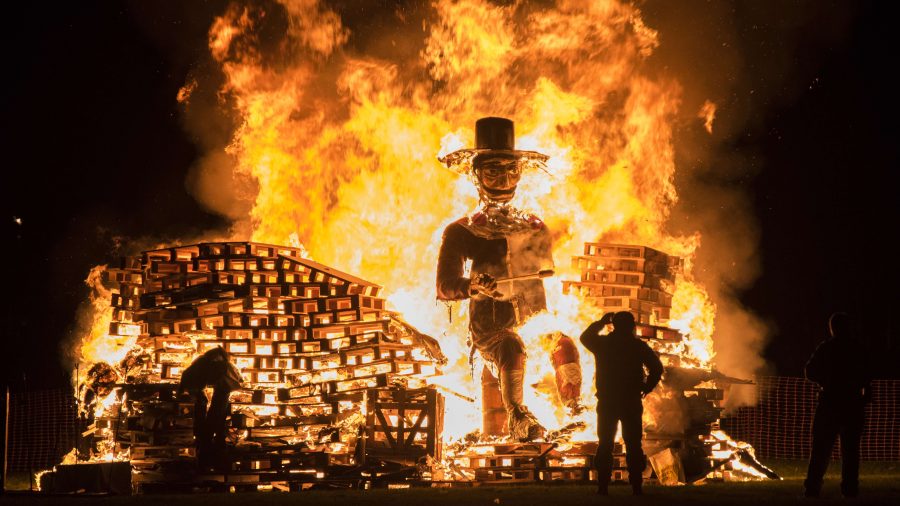Each year around 200,000 pallets are burned on bonfires across the UK. Some of these may be broken or at the end of their life but the majority are still in good working condition. Wooden pallets are designed to be used at least 50 times but it’s likely many on our bonfires have been used much less.
Setting fire to hundreds of thousands of pallets essentially burns wood from about 35,000 trees. And then there are the dangers of throwing other usable timber and wood covered in chemicals onto bonfires. One waste company is encouraging better bonfire building to avoid burning usable waste and reduce harmful emissions this 5th November.
“Banning Bonfire Night isn’t realistic but it’s annoying to see recycling efforts go up in smoke at the start of November every year,” says Mark Hall, representative for waste management company Business Waste. “Instead we would urge anyone building a bonfire at home or as part of a community event to only use dry and untreated wood that can’t be recycled, reused, or recovered. Save any intact pallets and usable bits of timber from becoming ash before their time.”
How to have a zero waste Bonfire Night
How to Build a Better Bonfire
Bonfires aren’t good for the environment as they release a range of emissions. These include carbon dioxide, poisonous gases, and fine particulates that contribute to global warming and are linked to various negative health effects.
However, the emissions released and their potential impact depend on what materials are on the fire. For example, burning garden waste produces up to 30 times more particle pollution (smoke) than burning wood logs. Therefore, it’s possible to build bonfires in a slightly more environmentally friendly way.
A few ways to create a bonfire with a lower negative environmental impact is to:
- Only burn dry untreated scrap wood that can’t be used for any other purpose.
- Save up scrap wood and keep it dry in the months before Bonfire Night rather than buying fresh logs, pallets, or other wood for a bonfire.
- Just use small amounts of waste paper or scrap cardboard to start a bonfire. Don’t chuck loads on – always recycle large volumes of cardboard and paper.
- Check the bonfire for any animals hiding inside before lighting it.
- Compost the wood ashes with other garden waste – ensure they’ve cooled down and contain no contaminants.
“Bonfires are never going to be good for the environment but it’s important only appropriate materials are used to make them,” adds Hall. “They’re not an excuse to get rid of any waste from your home or business. This can add to pollutants, and smoke, and create an acrid smell – as well as leading to a potential fine of up to £50,000. We encourage everyone to recycle and reuse wood where possible before throwing it on a bonfire this Guy Fawkes Night.”
More news like this can be found in The Country Smallholder magazine. Subscribe here.
For FREE updates from the world of smallholding, sign up for The Country Smallholder newsletter here.








